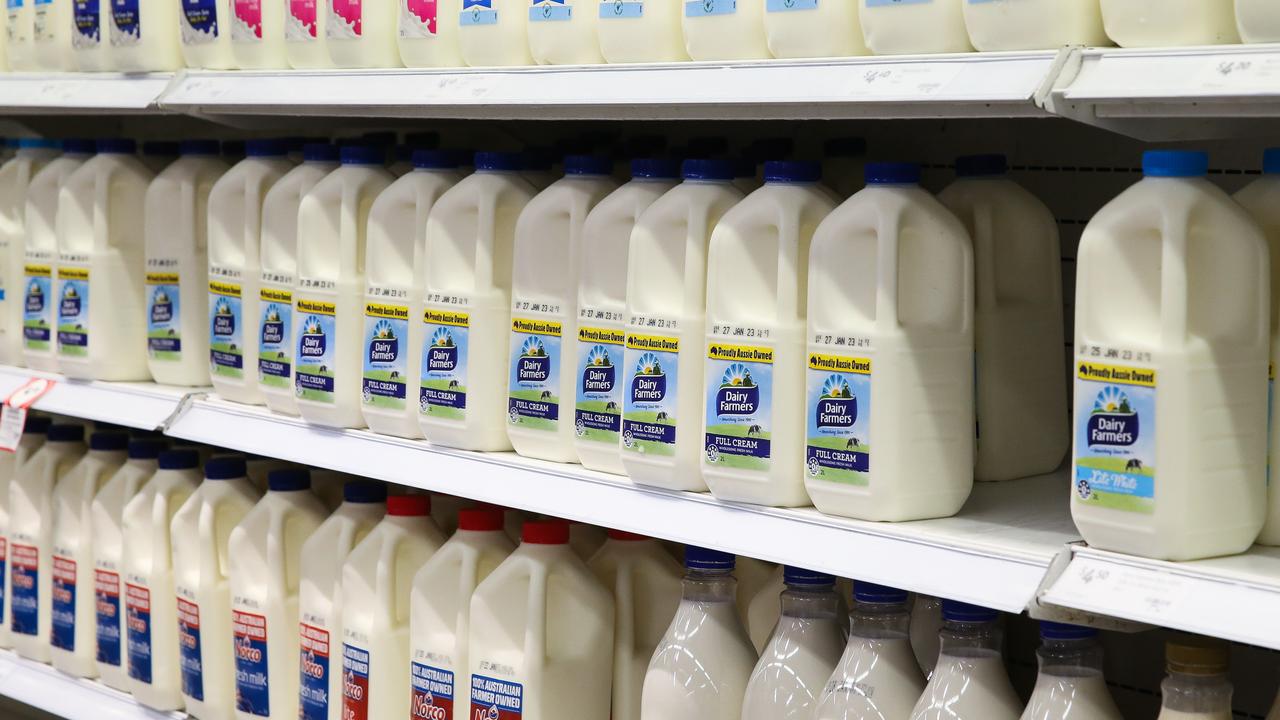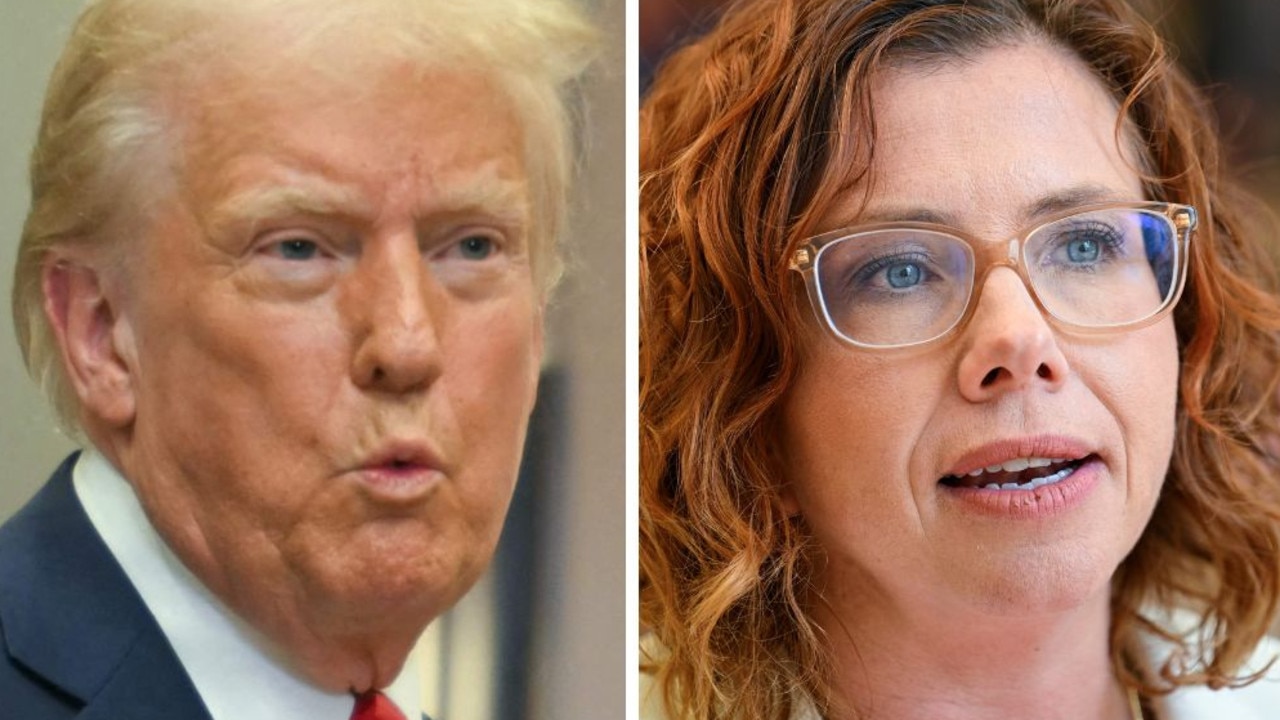Sialkot, Pakistan — home of more than half the world’s footballs
EVER wondered where the world’s footballs are made? More than half of them come from one city in Pakistan.
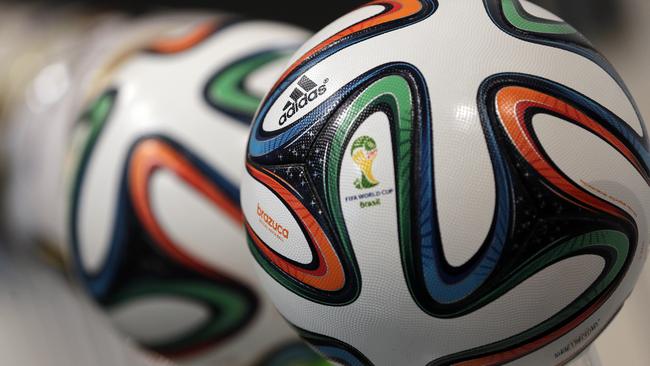
HAVE you ever heard of Sialkot?
It’s in the Punjab province of Pakistan, on the border with India, and has a population of 1.7 million people. It’s also been around for thousands of years with mentions of the place dating back to four centuries BCE, and is the purported birthplace of one of Pakistan’s founders.
But what’s interesting about Sialkot is that it makes more than half the world’s footballs (that’s soccer balls, if you’re American), which amounts to 60 million balls every year, according to The Far Post, a venture between Sports Illustrated and Roads & Kingdom.
This year, Sialkot was back in the global spotlight after it produced the official FIFA World Cup ball, Brazuca. The six panelled ball was hailed as a “revolutionary” design, and Forward Sport factory owner Khawaja Akhtar had 33 days to fulfil the order after Adidas’ Chinese supplier fell short.
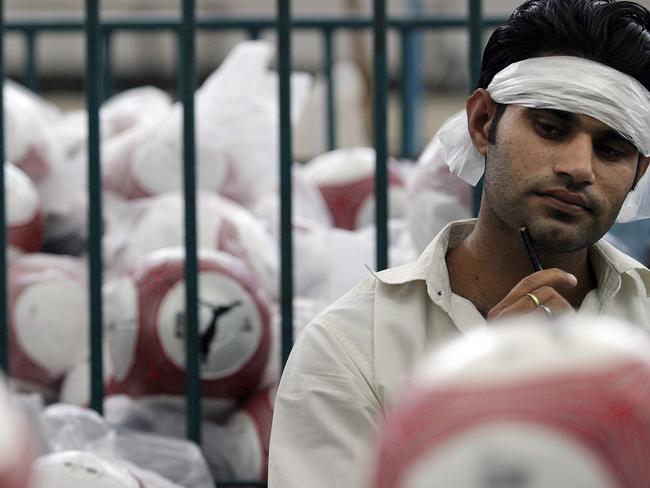
The Forward Sport factory alone produces more than 18,000 footballs a day, which is also used in the UEFA Champions League.
The story of Sialkot’s football domination started more than 100 years ago when, legend has it, a local cobbler was asked to repair a football brought to him by a British officer. It was the era of colonialism and that cobbler studied how to construct the balls. He went on to make a fortune peddling them to British soldiers.
Thus began the Sialkot’s partnership with football, which now stretches to more than 200 factories along with almost 2000 stitching centres, according to The Telegraph. The city’s football factories, along with factories for clothes and other sporting goods, bring in billions of dollars a year. Pakistan Today said 99 per cent of the city’s production is exported to countries all over the world.
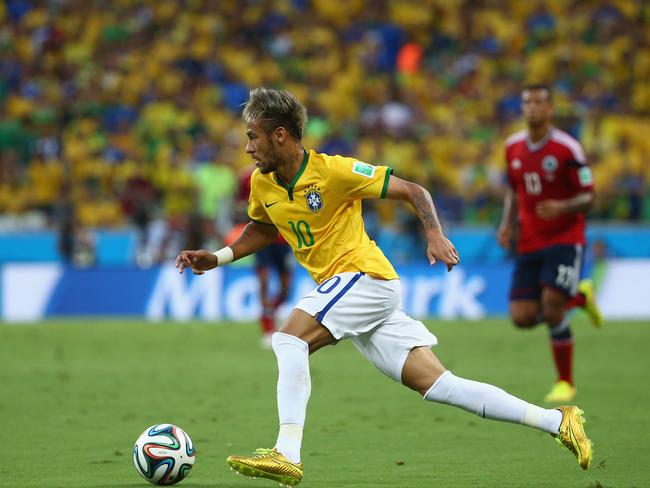
In 1965, it was an attack near Sialkot which led to Pakistan’s conflict with India over disputed territory in Kashmir. The town itself was the scene of a fierce tank battle scene six years later.
Now, there are many US franchises, including a McDonald’s, lining the city’s smoothly paved roads. It also has an international airport. The Far Post wrote that Sialkot has been largely immune to the wave of terrorist attacks that have plagued Pakistan since 2007 and has been spared from bombings.
The city’s rich factory owners also ensconce themselves in high-walled homes with Greek-style columns and gold paint. According to The Far Post, some of these homes are worth over $2 million in a country where the per capita income is under $1500 a year.
For the employees working in the football factories and stitching centres, the conditions are mixed.
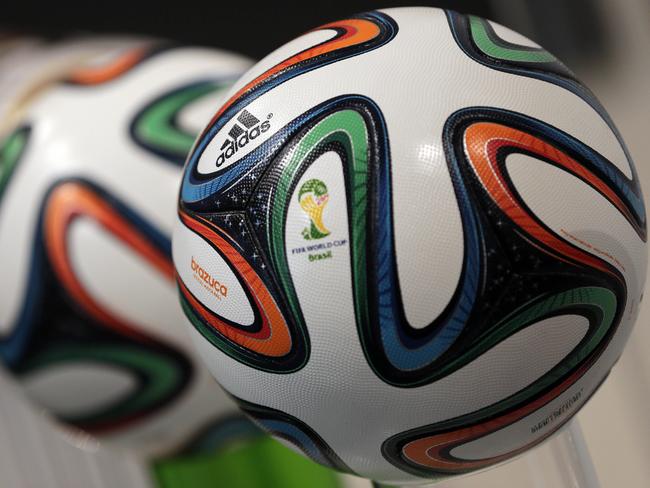
Forward Factory promised it does not use child labour after a scandal in 1990s. In the 1970s and 1980s, it was estimated that some 7000 children aged between seven and 14 were working in full time stitching in their homes.
But in 1997, the Sialkot Chamber of Commerce, UNICEF, the World Federation of the Sporting Goods Industry and the International Labour Organisation signed the Atlanta Agreement after media attention brought focus to the plight of child football workers.
The Atlanta Agreement established registration of all those involved in the supply chain, a monitoring system and a raft of social protection programs such as education.
But even so, a Telegraph report at the time of 2010 FIFA World Cup claimed workers said they still don’t earn enough to feed their children. One worker told the Telegraph he could earn no more than $3.60 a day when the plant was at full capacity.
Most days, he said, he earned less.


